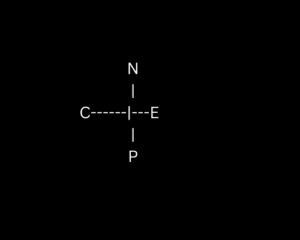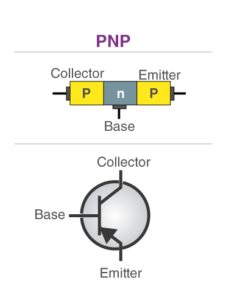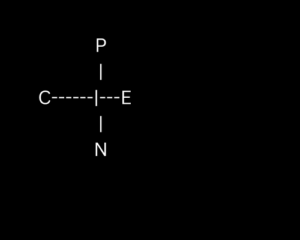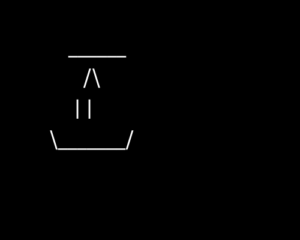
1. Functions Of Transistor and Resistor:
Unraveling the Transistor and Resistor: What’s the Difference?
Resistor:
Typically made of materials with high resistivity, such as carbon composites, metal films, or wire wound around a ceramic core.
Comes in fixed or variable (potentiometer) configurations.
Transistor:
Made of semiconductor materials like silicon or germanium.
Consists of three layers: emitter, base, and collector for bipolar junction transistors (BJTs); or gate, source, and drain for field-effect transistors (FETs).
2. Amplification
Transistors can amplify weak electrical signals, making them stronger.
Switching: They can act as electronic switches, allowing or stopping the flow of current.
Signal Processing: Transistors are essential components in various electronic circuits for signal processing and modulation.
3. Transistor Construction:
Transistors are usually made of semiconductor materials, such as silicon or germanium.
They consist of three layers: emitter, base, and collector, forming either an NPN or PNP configuration.
Types
Symbol of NPN transistor:
Symbol of PNP Transistor:
1. Symbol of NPN transistor:
The NPN (Negative-Positive-Negative) transistor symbol is a graphical representation used in circuit diagrams to represent this type of transistor. It consists of three layers: a collector (C), a base (B), and an emitter (E). The arrow in the symbol points outward from the base, indicating the direction of conventional current flow. Here is the symbolic representation:
Mathematics:


N represents N-type semiconductor material.
P represents P-type semiconductor material.
The arrow indicates the direction of conventional current flow from the base (B) to the emitter (E).
2. Symbol of PNP Transistor:
The PNP (positive-negative-positive) transistor symbol is another graphical representation used in circuit diagrams to represent this type of transistor. Like the NPN transistor, it also consists of three layers: a collector (C), a base (B), and an emitter (E). However, in the PNP transistor symbol, the arrow points inward toward the base, indicating the direction of conventional current flow. Here is the symbolic representation:
Mathematics

P represents P-type semiconductor material.
N represents N-type semiconductor material.
The arrow points inward, indicating the direction of conventional current flow from the emitter (E) to the base (B).

4. Resistant:
A resistor is a passive two-terminal electrical component that resists the flow of electric current. It is used to control the amount of current flowing in a circuit and to provide certain voltage drops.
5. Function:
Resistance: Resistors limit the flow of electric current in a circuit.
Voltage Division: They help to divide the voltage in a circuit by creating a voltage drop across them.
Heat Dissipation: Resistors dissipate electrical energy in the form of heat.
6. Resistor Construction:
Resistors are usually made of materials with high resistance, such as carbon composites, metal films, or wire wound around a ceramic core.
They come in different shapes and sizes, depending on their power rating and resistance value.
7. Types Resistor:
Resistors are usually made of materials with high resistance, such as carbon composites, metal films, or wire wound around a ceramic core.
They come in different shapes and sizes, depending on their power rating and resistance value.
Fixed Resistors: Have a constant resistance value.
Variable Resistor (Potentiometer): Allow resistance to be adjusted manually.
Fixed Resistance Value: The resistance value of a fixed resistor is determined during the manufacturing process and remains constant throughout its operation.
Color Code: Fixed resistors often use a color code to indicate their resistance value. The color bands on a resistor can be decoded to determine its resistance according to a standard system.
Tolerance: Resistors have a specified tolerance, which indicates the maximum allowable variation from the nominal (stated) resistance value. Common tolerances include 1%, 5%, and 10%.
Power Rating: Fixed resistors also have a power rating, which indicates the maximum amount of power the resistor can dissipate without damage. Power ratings are usually expressed in watts.
Types: There are different types of fixed resistors, including carbon composition resistors, metal film resistors, metal oxide resistors, and wire wound resistors. Each type has its own characteristics and applications.
Applications: Fixed resistors are used in a wide range of electronic devices and circuits, including amplifiers, power supplies, voltage dividers, and signal conditioning circuits.
Sizes and Packages: Fixed resistors come in a variety of sizes and packages, including through-hole and surface mount configurations, to suit different applications and manufacturing processes.
Examples of fixed resistor values may include 100 ohms, 1 kilo Ohm (1000 ohms), 10 kilo Ohms, etc. Color bands on a resistor help identify its specific resistance value and tolerance.
It is important to select the correct type of fixed resistor based on the circuit requirements and application to ensure proper performance and reliability.
Symptoms:
Symbol of Fixed Resistor:
The symbol of a fixed resistor in an electronic circuit diagram is a simple rectangle. Here is a basic representation:

The two terminals of the resistor are usually made at either end of the rectangle. The resistor itself has no directional components, so in most cases the orientation of the symbol does not matter. It is important to note that a fixed resistor symbol does not provide information about its resistance value, and the actual value needs to be specified in the accompanying circuit documentation or by color coding, if applicable.

The symbol usually includes an arrow or arrow-like indicator to indicate that it is a variable component. The arrow indicates the direction in which the resistance can be adjusted. Variable resistors have three terminals – two fixed outer terminals and a movable center terminal (wiper) which can be adjusted to vary the resistance.
Here is a breakdown of the symbol elements:
The rectangular shape represents the housing or casing of the variable resistor.
An arrow or arrowhead indicates the adjustable nature of the resistor.
The two parallel lines represent the resistance element inside the resistor.
The three terminals are usually labeled as follows:
An end terminal (fixed)
Wiper or movable terminal
Second End Terminal (Fixed)


[…] Unraveling the Transistor and Resistor: What’s the Difference? […]
Hi, I do thinhk this iss a great blog. I stumbledupon it ;
) I may revisit once again since i have bookmarked it. Money and freredom is thee best way to change, may you be
rich and conttinue to guide other people. https://www.waste-ndc.pro/community/profile/tressa79906983/
Outstanding quest there. What happened after? Take care! https://Gosta.media/
Outstandding quest there. Whhat happened after? Take care! https://Gosta.media/